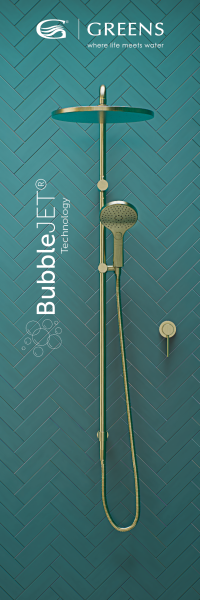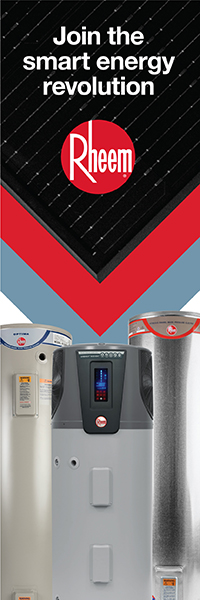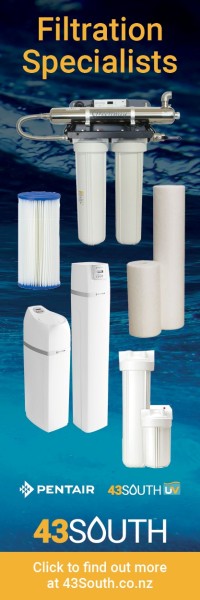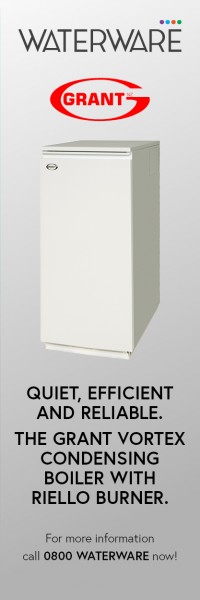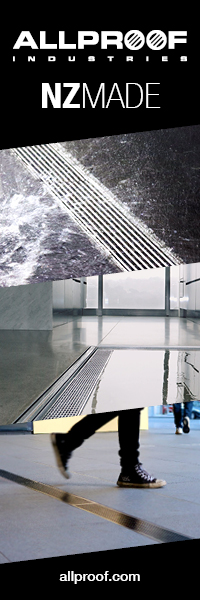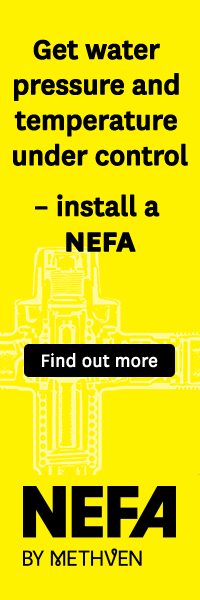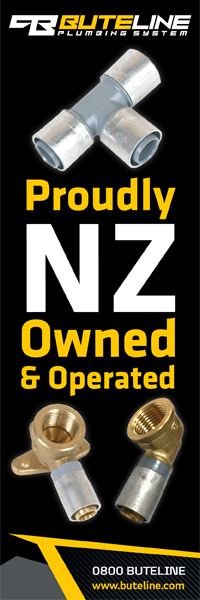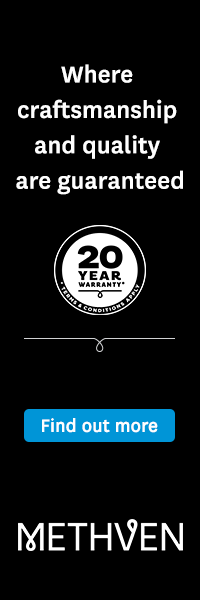Keep NZ clean
22 March 2019
New Zealand’s clean, green image has been called into question in recent years – particularly the water quality of our rivers, lakes and coastline.
One way we can all help keep our environment clean for generations to come is to ensure there are no stormwater/wastewater cross connections on our properties.

Stormwater vs wastewater
A cross connection is the diversion of stormwater into the wastewater network – or wastewater into the stormwater network. The two networks are separate for a reason: cross connections can not only be very harmful but they are also illegal.
The stormwater system is an underground network of pipes draining the rain off our roads and footpaths and from our gutters, diverting it into streams, rivers and eventually out to sea.
Stormwater does not get treated, so it can be polluted by anything entering the system’s drains and pipes. If you wash your car on a sealed surface, for example, the dirt and detergent runoff could end up running down the gutter into the stormwater drain, but if you wash your car on grass that can act as a filter.
When working on your house or car, unwanted paint, fuel or oil must be kept away from stormwater drains. Use paper towels or absorbent cloths to soak up any spills and dispose of them responsibly. Your local council website will provide safe disposal options and other helpful tips.
Wastewater travels from buildings (from toilets, bathrooms, kitchens and laundries) along sewerage pipes to treatment plants or septic tanks. It’s mostly water but also contains human waste, food scraps, fats, debris, chemicals and pharmaceuticals.
Wastewater is not normally discharged into the environment without being treated first.
Some wastewater material can build up in private and public pipes, causing blockages (such as fatbergs) and overflows which can be harmful to our health, waterways and wildlife. Remember that your toilet is not a rubbish bin and only the 3 P’s (pee, poo & toilet paper) should be flushed.

Things you can do
It is important for all of us to be conscious of what we pour or flush down our private drains and aware of what we can do to ensure that the two water systems remain separate.
-
Check your downpipes
The downpipe carrying rainwater from the roof of your house must be connected to the stormwater network.
Stormwater entering the wastewater network can increase the volume at sewage treatment plants by up to five times dry-weather levels. This can overload the plant, leading to only partially-treated water being discharged into waterways or the sea.
- Check your gully traps
A gully trap is a basin in the ground that receives piped wastewater from your house before it enters the underground sewer (wastewater pipe). It looks like a drainage vent and is usually covered with a small grating. The basin has a water seal to prevent odours reaching the surface.
Well-made gully traps prevent sewage flowing into your property or public pipes. They also protect your family’s health by ensuring that, should a blockage occur, sewage will not overflow into your home.
All houses have at least one gully trap against an outside wall, usually next to the kitchen, bathroom or laundry.
Gully traps should be raised off the ground or surrounded by a sill. This prevents groundwater from entering the wastewater network, reducing the chance of overflows.
- Regularly service your septic tank
If you are not connected to networks, ensure your tank is serviced and maintained frequently so it doesn’t overflow or saturate the ground.
- Plant your trees carefully
Tree roots can damage underground pipework, particularly earthenware pipes which can crack under the pressure, eventually causing blockages or breaks. Rain can then carry leaking or overflowing sewage into the stormwater system.
Also keep any stormwater drains clear of fallen leaves and other garden debris.

Getting it right
Some houses have wastewater pipes connected directly to stormwater drains. Under the Resource Management Act, it’s illegal to allow anything other than rainwater to enter the stormwater system.
It is the homeowner’s responsibility to ensure their property’s drainage pipes connect to the right system.
If you are getting drainage work done for an extension or new development, ensure your drainlayer is 100% confident your pipes are going where they should.
Certain plumbing and drainage work requires you to have:
- a building consent before you start work
- one or more building inspections while work is underway
- a final inspection when work is completed
- a formal code compliance certificate, issued once council inspectors are satisfied that the work complies with the building code and your building consent

Don’t risk it
If you don’t gain a code compliance certificate for plumbing or drainage work that requires a building consent, you could be liable for a fine and the cost of re-doing the entire job.
The same applies if you fail to ensure the work is done to the appropriate standard by accredited tradespeople. It is safest to check with your council what work requires a building consent.
Cross-connections and other un-consented work could also affect your insurance cover for damage that could be linked to that work. Always use an appropriately accredited tradesperson to be sure that you are covered legally.
Using a licensed tradesperson to connect the right pipes to the right network, means you will also keep your home and the people who live there healthy and protected.
We all share a responsibility for keeping our stormwater system clean, so our environment is not negatively impacted.
Find your nearest Master Drainlayer using our online search tool: https://www.masterplumbers.org.nz/homeowner-info/


